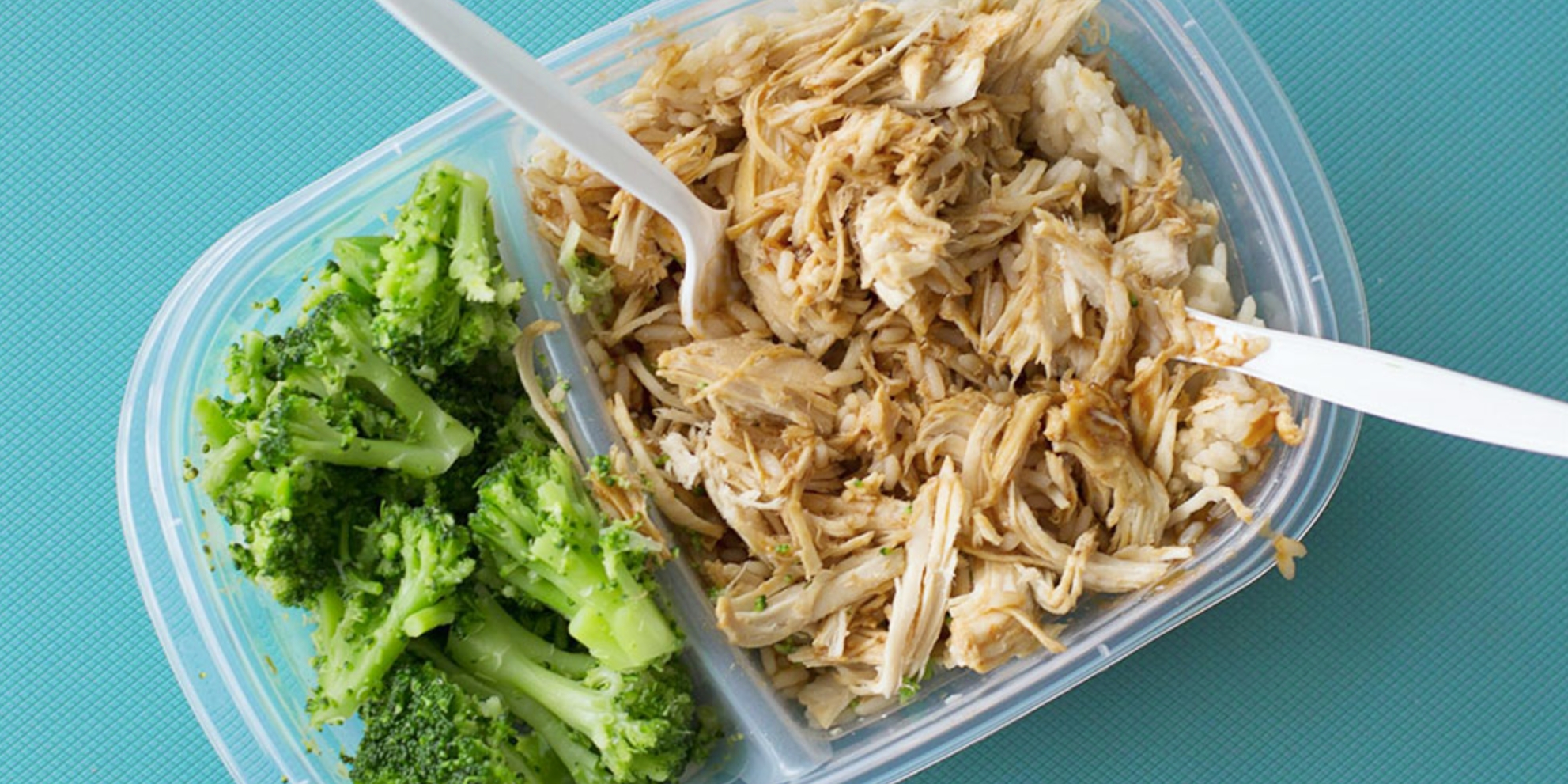
Food intake is now recognised as the most significant route of microplastic exposure in humans.
According to research, disposable food-grade nylon bags and hot drink cups lined with low-density polyethylene (LDPE)
release nanoscale plastic particles when they come into contact with water, and these microplastic particles can cross the blood barrier and enter the brain in just two hours after being ingested into the body.
These'tricky'plastic particles don't just enter the brain, they can cause a range of potentially irreversible health problems, and can be a ‘paving stone’ for certain physical diseases.
The prevalence of takeaways has brought us into contact with more and more plastic containers. These containers are softened at high temperatures and then cooled down again, and can become a source of microplastics. Microplastics quietly penetrate into these takeaway boxes, as an invisible ‘express’ service, microplastics into our stomach, eat a takeaway meal is equal to eat 100 billion microplastics, the use of biodegradable tableware is imminent.